Lhasa, the mystical capital of Tibet, is a top travel destination that captivates adventurers and spiritual seekers alike. Offering a unique blend of rich cultural heritage, breathtaking landscapes, and spiritual serenity, Lhasa is a must-visit for anyone looking to explore one of the most fascinating regions of the world.
Trips to Lhasa allow travelers to immerse themselves in the heart of Tibetan Buddhism, with iconic landmarks such as the Potala Palace, Jokhang Temple, and the Sera Monastery. These historical and spiritual sites, coupled with stunning views of the Himalayas, make Lhasa a place like no other. Lhasa tours provide the perfect opportunity to dive deep into Tibetan culture, offering guided visits to the city's most revered temples, vibrant markets, and serene lakes like Namtso.
For those planning an extended journey, Lhasa tour packages offer tailored experiences that include not just city tours, but excursions to nearby attractions such as the sacred Mount Everest and the ancient Tashilhunpo Monastery. Whether you're exploring on your own or with a group, these packages ensure you get the most out of your Lhasa experience.
A Lhasa travel guide is essential for making the most of your trip, offering tips on everything from acclimatization to understanding local customs. With its high altitude, it's important to take time to adjust and enjoy the scenery at a comfortable pace. Lhasa's blend of Tibetan heritage, natural beauty, and spiritual significance makes it a destination that will leave a lasting impression.
With its fascinating history and breathtaking beauty, Lhasa is more than just a travel destination; it’s a journey into the soul of Tibet. Don’t miss out—plan your trip today with the help of Lhasa tour packages and expert travel guides!
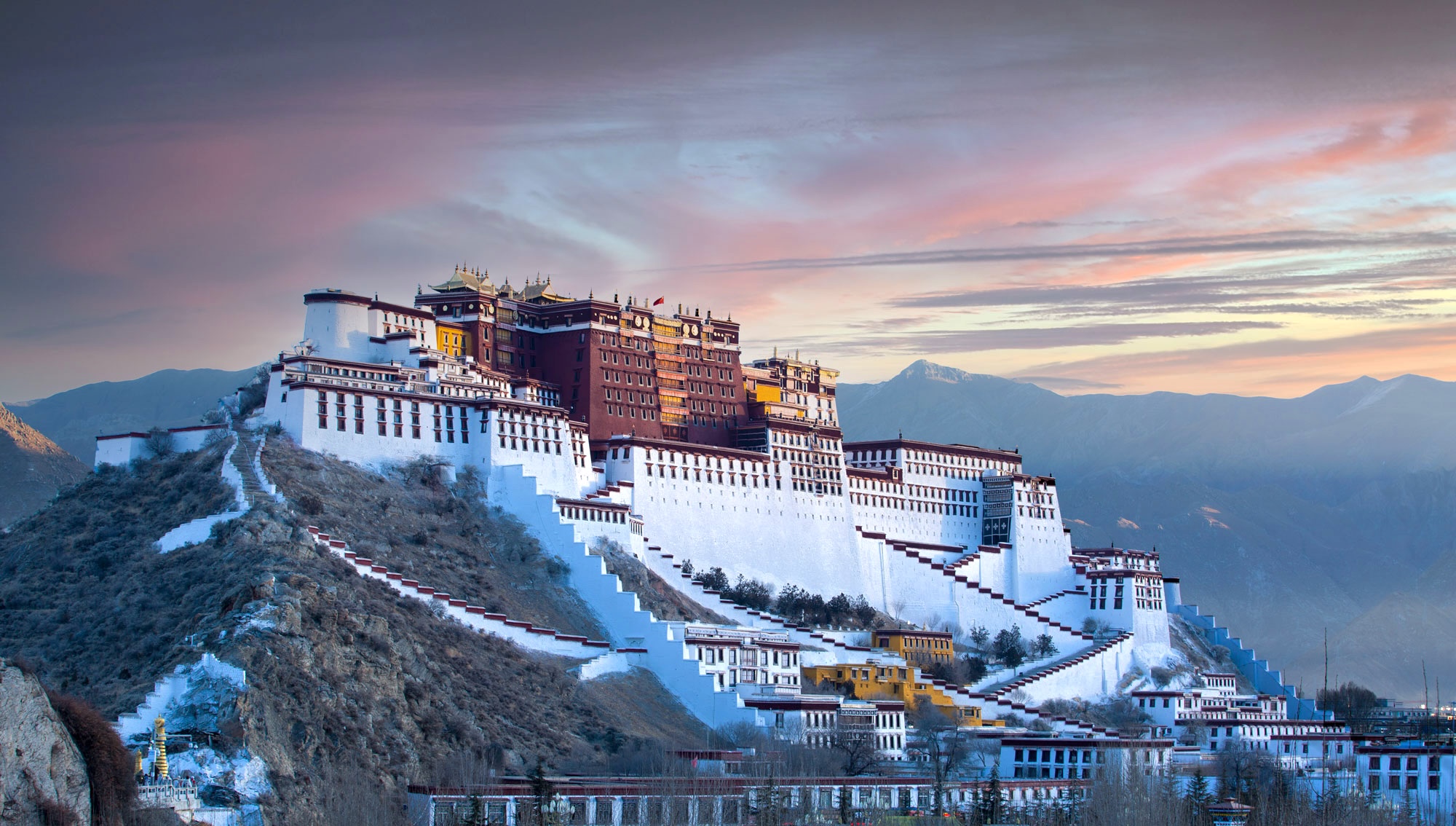
Spring is the perfect season for Lhasa tours focused on spiritual immersion. The weather is mild, making it an excellent time to visit iconic Tibetan temples like the Jokhang Temple and Potala Palace. Many pilgrims from across Tibet make their way to Lhasa during this time, creating a vibrant atmosphere around sacred sites. If you’re booking Lhasa tour packages, this season offers a balance of comfortable temperatures and serene spiritual activities. A Lhasa travel guide will help you navigate these sacred spaces, where you can witness Tibetan rituals and learn about the profound cultural significance of these locations.
Summer in Lhasa offers the ideal weather for outdoor exploration and trekking. With longer days and clear skies, it’s the best time to embark on scenic treks around Namtso Lake or even take a day trip to Mount Everest Base Camp. Lhasa’s natural beauty is in full bloom during the summer, and Lhasa tour packages can easily be customized to include outdoor excursions, allowing you to experience the stunning landscapes that surround the city. For those seeking a deeper cultural connection, summer also brings the Shoton Festival, an important event with Tibetan opera and vibrant celebrations, making it an unmissable experience.
Autumn is the ideal time for cultural immersion in Lhasa. The crisp air and colorful landscapes create the perfect backdrop for visiting monasteries like Drepung and Ganden, where the peaceful atmosphere enhances the spiritual experience. Autumn is also the season for the Lhasa Horse Racing Festival, where you can witness traditional Tibetan sports, music, and dance. For those interested in taking a scenic drive, Lhasa travel guides recommend exploring areas like Yamdrok Lake or the Yarlung Tsangpo River Valley, where the autumn foliage creates spectacular views. These drives are perfect additions to Lhasa tour packages for an immersive cultural and natural experience.
Winter in Lhasa is quieter and more peaceful, offering a unique opportunity for those seeking solitude and spiritual reflection. The colder temperatures make it the perfect season for a quiet visit to monasteries, where you can experience the tranquility of Tibetan Buddhism without the crowds. For those traveling around Losar, the Tibetan New Year, winter is a magical time to enjoy traditional celebrations featuring colorful dances, music, and feasts. When booking Lhasa tours, this time of year can offer a deep dive into Tibetan culture, giving you a chance to witness both the quiet beauty of the city and the exuberant celebrations that mark the beginning of a new year in the Tibetan calendar.
Lhasa, the enchanting capital of Tibet, is one of the most spiritually significant cities in the world. Known for its stunning monasteries, vibrant culture, and majestic landscapes, Lhasa attracts travelers from all over the world who wish to immerse themselves in Tibetan Buddhism and explore the heart of the Tibetan Plateau. Whether you’re planning trips to Lhasa, looking for the best Lhasa tour packages, or need expert Lhasa travel guide and tips, this guide will provide everything you need to know to make your visit memorable.
Lhasa is located in the Tibet Autonomous Region (TAR), in southwestern China, and lies at an altitude of 3,650 meters (11,975 feet) above sea level. The city is nestled in the Lhasa River Valley, surrounded by the towering Himalayan mountain range. Known as the "Land of the Gods," Lhasa is not only the administrative capital of the TAR but also the spiritual and cultural center of Tibetan Buddhism, making it a must-visit destination for travelers looking to explore the Tibetan way of life.
Getting to Lhasa is an adventure in itself, with several ways to reach this remote and spiritual city:
1. By Air:
The easiest way to reach Lhasa is by flying into Lhasa Gonggar Airport (LXA), located about 62 km from the city center. The airport is well connected with direct flights from major Chinese cities such as Beijing, Chengdu, Xi’an, and Shanghai. Flights from Kathmandu, Nepal, are also available. Be mindful that Lhasa’s high altitude may require acclimatization.
2. By Train:
For an unforgettable journey, consider taking the Qinghai-Tibet Railway, the highest railway line in the world. It connects Xining in Qinghai Province to Lhasa, passing through some of the most breathtaking landscapes on Earth. Trains to Lhasa depart from various cities in China, including Beijing, Chengdu, and Shanghai. The 48-hour train ride offers stunning views of the Tibetan Plateau and is an experience in itself.
3. By Road:
If you're already in Nepal or another part of Tibet, you can also travel to Lhasa by road, though the journey can be long and challenging. Roads from Kathmandu to Lhasa pass through some remote areas and rugged terrain, requiring an organized tour or private transport.
Lhasa is a year-round destination, but the best time to visit depends on the type of experience you’re looking for:
Summer (June to August):
Summer is the peak tourist season in Lhasa, with mild weather and longer daylight hours. This is the best time for outdoor activities like hiking, trekking, and exploring monasteries. Expect clear skies, warmer temperatures, and lush green landscapes. However, it’s also the most crowded season.
Autumn (September to November):
Autumn is a fantastic time to visit, with crisp air, clear skies, and fewer tourists. The weather is still relatively warm, and the high-altitude terrain is at its most beautiful, with stunning mountain views and vibrant fall colors.
Spring (April to May):
Spring offers a peaceful experience, as the weather begins to warm up, and the tourist crowds are thinner. This is a great time for those seeking spiritual experiences and a more tranquil atmosphere around the city's monasteries.
Winter (December to February):
Winter in Lhasa is cold but much quieter, making it ideal for travelers looking for solitude and cultural immersion. Many of the monasteries and attractions are less crowded, and you can experience Tibetan festivals like Losar (Tibetan New Year), which takes place in February or March.
Yes, visitors to Lhasa need special permits to travel to Tibet due to the region's sensitive political status. Here’s what you need to know:
Tibet Travel Permit:
All foreign tourists are required to obtain a Tibet Travel Permit before entering Lhasa or any other part of the TAR. This permit must be arranged through a Chinese travel agency, as independent travel is not allowed in Tibet. It is generally obtained by booking Lhasa tours or Lhasa tour packages with a licensed operator.
Other Permits:
Depending on the area you plan to visit outside Lhasa, additional permits may be required, such as the Aliens' Travel Permit for restricted areas or Military Permits for sensitive zones. Your tour operator will handle the necessary paperwork for you.
Accommodations:
Lhasa offers a wide range of accommodations to suit different budgets, from luxury hotels to budget guesthouses and traditional Tibetan-style inns. The city has several international hotels, but if you're looking for an authentic Tibetan experience, staying in a Tibetan-run guesthouse or near a monastery can provide a more immersive cultural experience. It’s recommended to book your accommodations in advance, especially during peak tourist seasons.
Food:
Lhasa’s cuisine reflects the Tibetan culture, with hearty, comforting dishes designed to provide energy for high-altitude living. Common food items include:
In addition to traditional Tibetan food, Lhasa offers a variety of Chinese and international restaurants, especially around the Barkhor Square area. You’ll find restaurants serving everything from Tibetan snacks to Chinese hotpot and even some Western fare.
While Lhasa is the capital of the Tibet Autonomous Region (TAR), other Tibetan areas in China, such as those in Sichuan, Gansu, and Qinghai, also hold deep cultural and spiritual significance. Here are some key differences:
Cultural and Spiritual Significance:
Lhasa is the spiritual heart of Tibetan Buddhism, home to iconic sites like the Potala Palace, Jokhang Temple, and Barkhor Street. While other Tibetan areas also boast important monasteries and cultural traditions, none match the religious significance of Lhasa.
Accessibility:
Lhasa is the most accessible Tibetan city to international travelers, with direct flights and train routes, while other Tibetan areas may require more complex travel arrangements and additional permits.
Tourism Infrastructure:
Lhasa has a well-developed tourism infrastructure, with a wide range of accommodations, restaurants, and services catering to visitors. Other Tibetan areas may be less developed, offering a more authentic and remote experience but with fewer modern amenities.
The language spoken in Lhasa is Tibetan, specifically the Lhasa dialect, which is the most widely understood Tibetan dialect. While many Tibetans in Lhasa are fluent in their native language, Mandarin Chinese is also widely spoken, especially by government officials and in urban areas. If you're planning to engage with locals, learning a few basic phrases in Tibetan can be appreciated, although most people working in tourism will also understand English or Mandarin.
Acclimatization:
Lhasa’s high altitude can cause altitude sickness, so it’s crucial to acclimatize properly. Allow at least a day or two of rest before engaging in any physical activities. Stay hydrated, avoid alcohol, and take it easy on your first days in Lhasa.
Respect Local Culture:
Tibetan culture is deeply spiritual, so always be respectful of local customs, especially around religious sites. When visiting temples and monasteries, remove your hat, avoid pointing your feet at sacred images, and refrain from loud behavior.
Weather Considerations:
Lhasa’s weather can be unpredictable. Even in the summer, temperatures can drop in the evenings, so bring layers and prepare for sunshine during the day and cold nights. Don’t forget sunscreen, as the high-altitude sun can be intense.
Money:
The local currency is the Chinese Yuan (CNY), and credit cards are accepted in most hotels, restaurants, and shops. However, it’s a good idea to carry cash, especially when traveling to more remote areas.
Shopping:
The Barkhor Market is the best place for souvenirs, offering a range of Tibetan crafts, jewelry, prayer wheels, thangka paintings, and other traditional items. Be prepared to haggle, as bargaining is part of the shopping culture in Tibet.
Lhasa is a place that leaves an indelible mark on your heart. Whether you’re planning trips to Lhasa, looking for insightful Lhasa tours, or exploring various Lhasa tour packages, this magical city offers a wealth of cultural, spiritual, and natural treasures to explore. With this guide, you’ll have all the information you need to make your journey to Lhasa truly unforgettable!
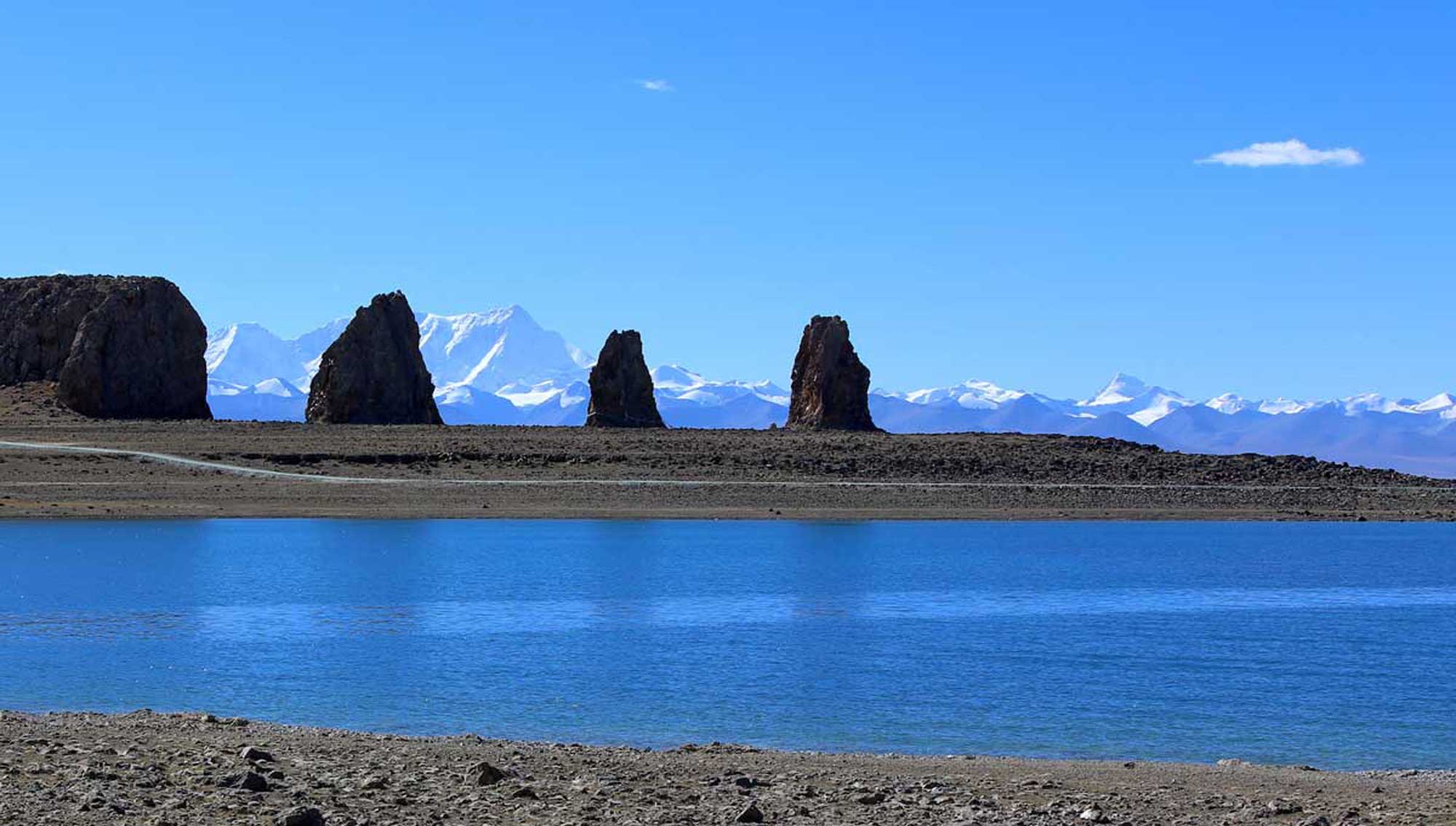
Namtso Lake, a sacred Tibetan site, offers breathtaking views, crystal-clear waters, and serene high-altitude beauty…
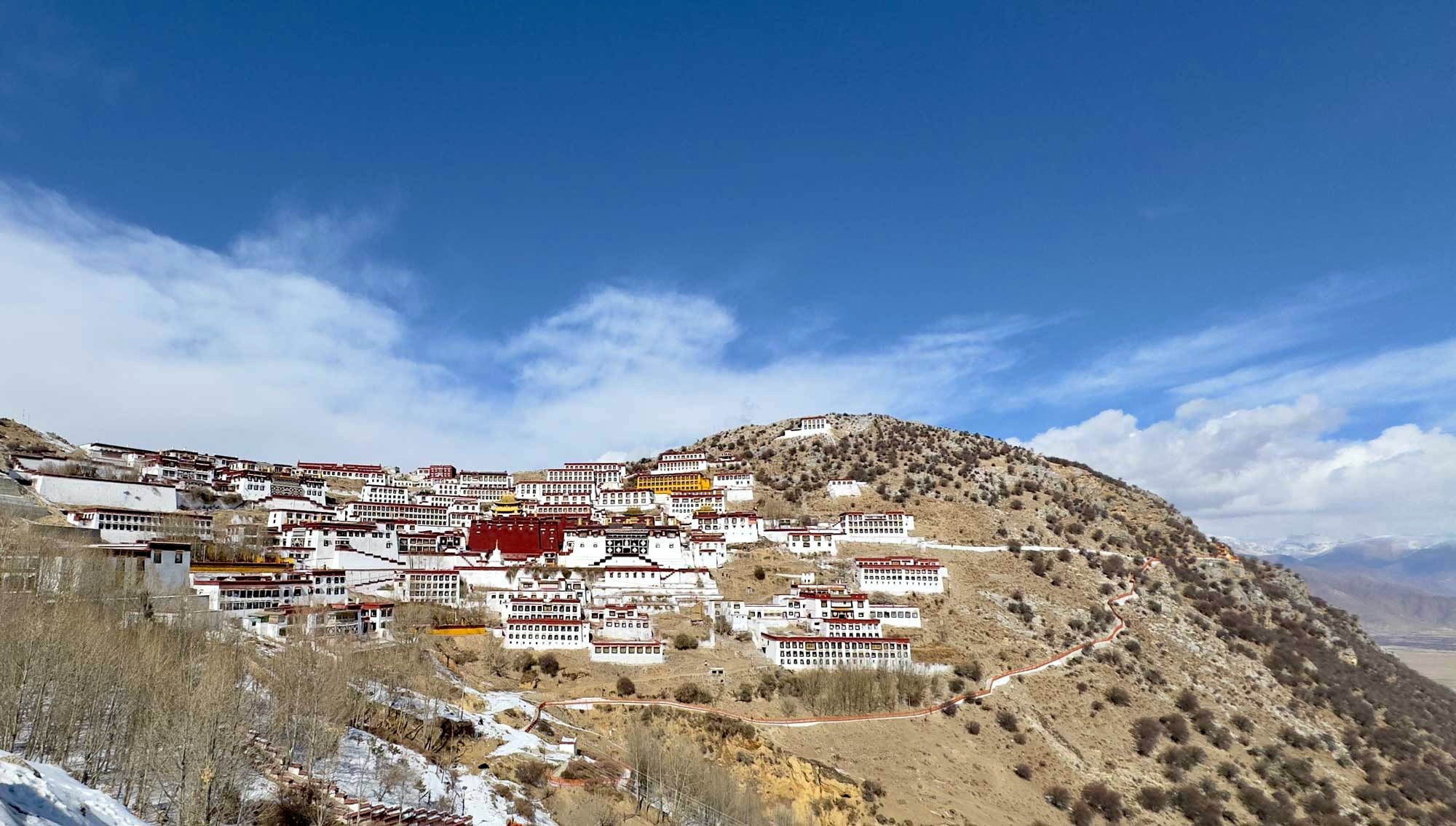
Ganden Monastery, perched on a mountain, offers stunning views, rich history, and deep Tibetan Buddhist significance.
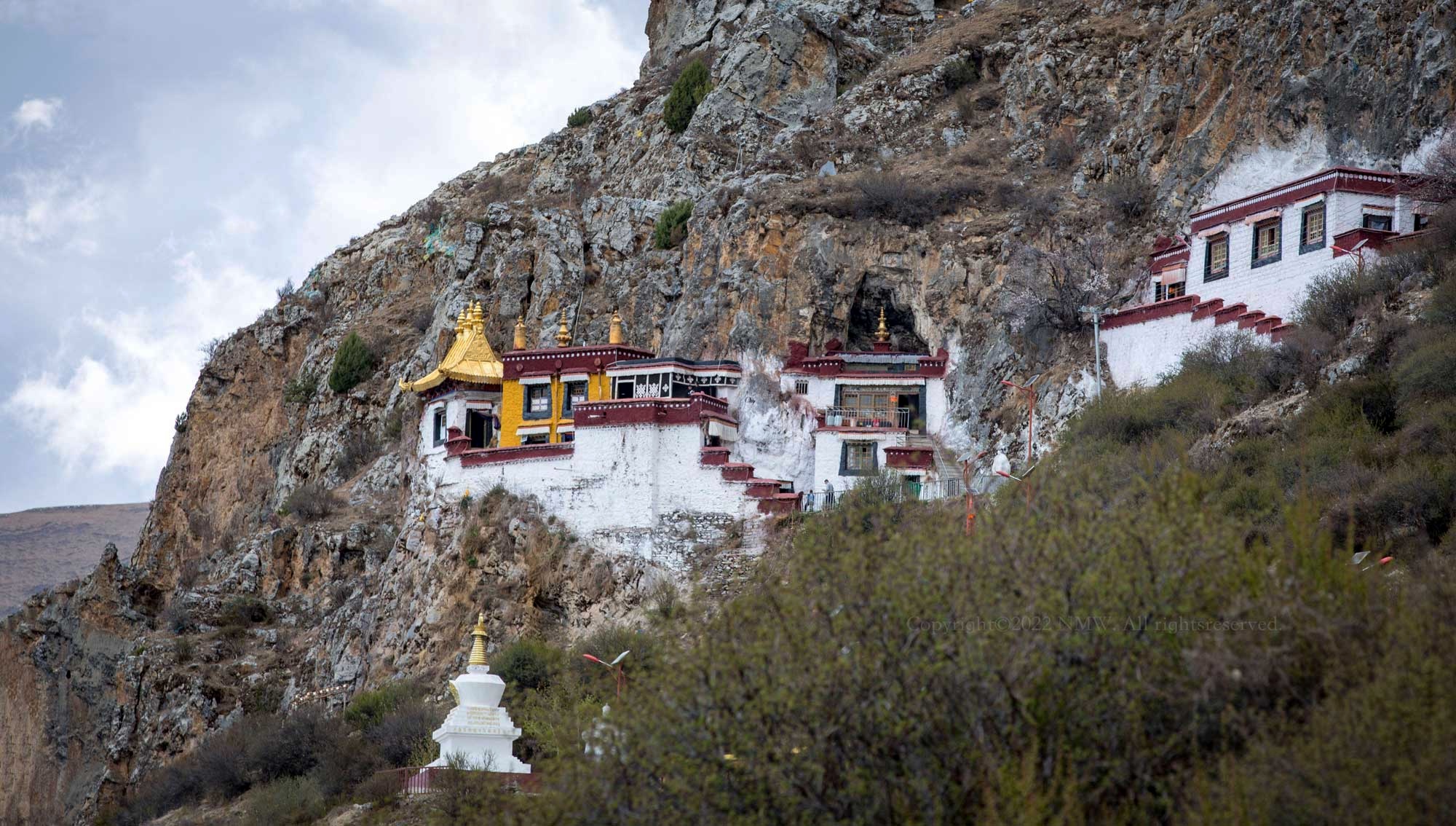
Drak Yerpa, a sacred Tibetan retreat, features ancient caves, stunning landscapes, and spiritual tranquility for pilgrims…
Norbulingka, the Dalai Lama’s summer palace, boasts beautiful gardens, rich Tibetan culture, and historical significance.
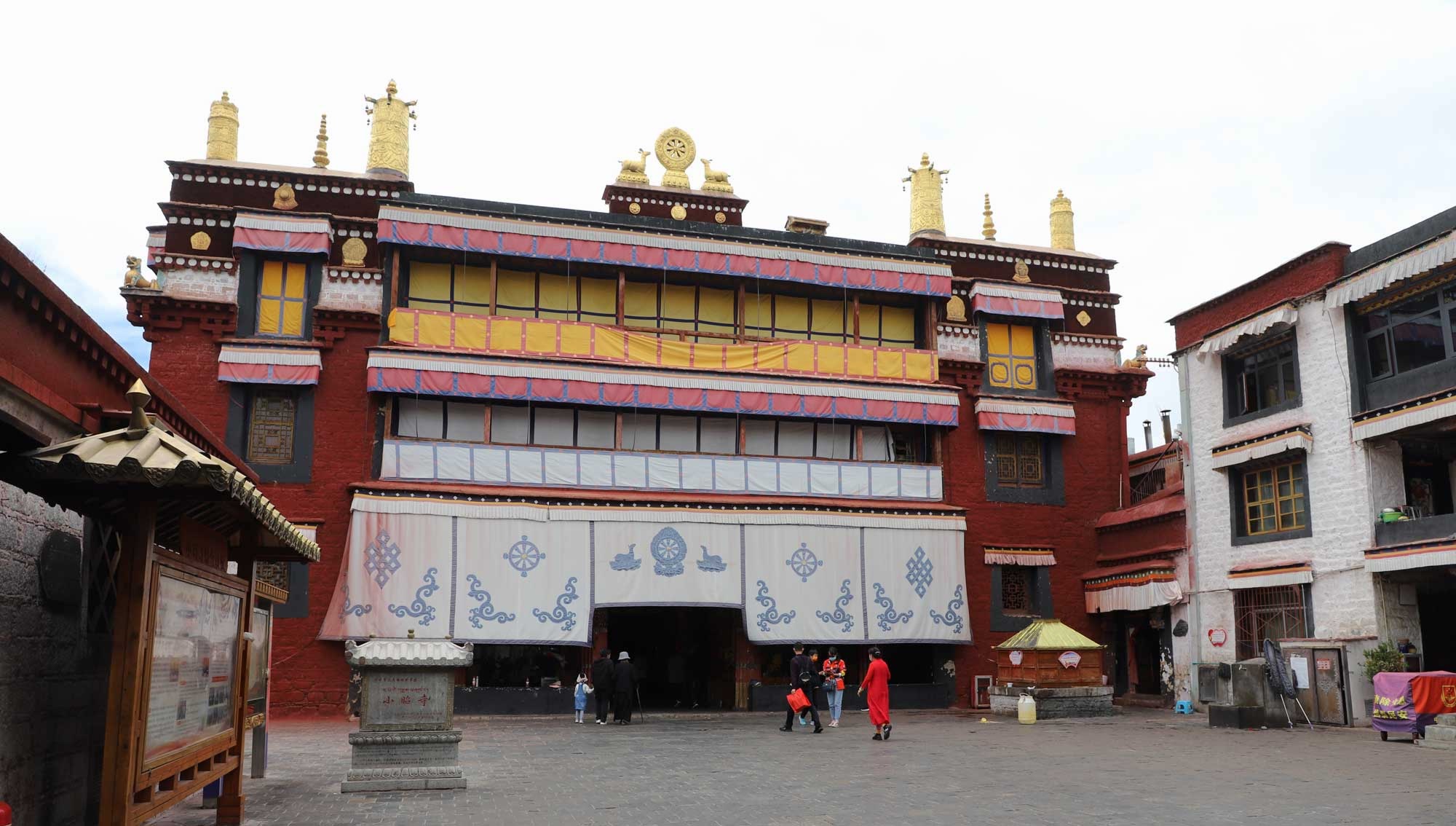
Ramoche Temple, a sacred Lhasa site, features intricate Tibetan architecture and revered Buddhist relics and statues…
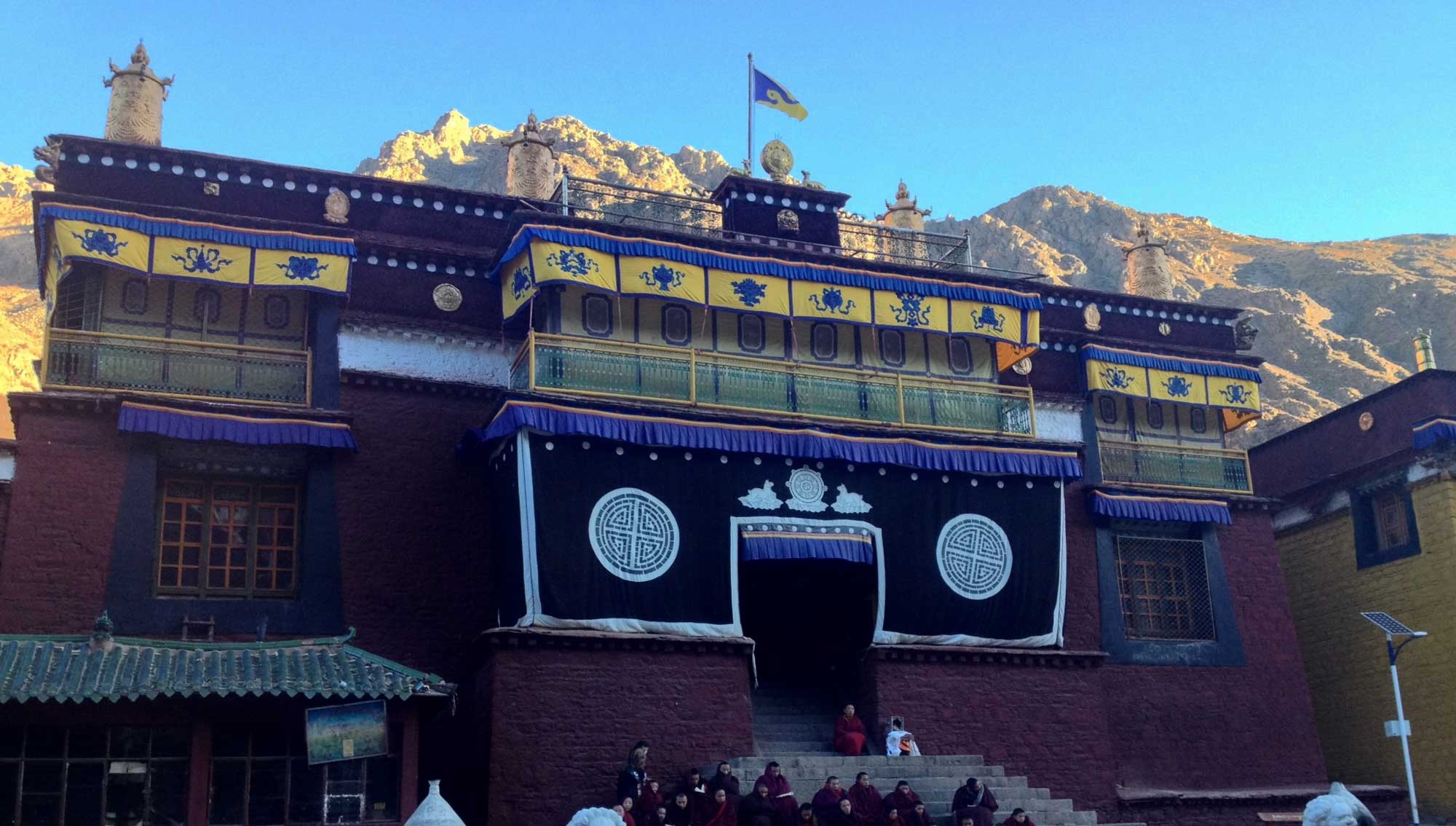
Tsurphu Monastery, a spiritual center, offers stunning landscapes, ancient Tibetan architecture, and deep religious significance…
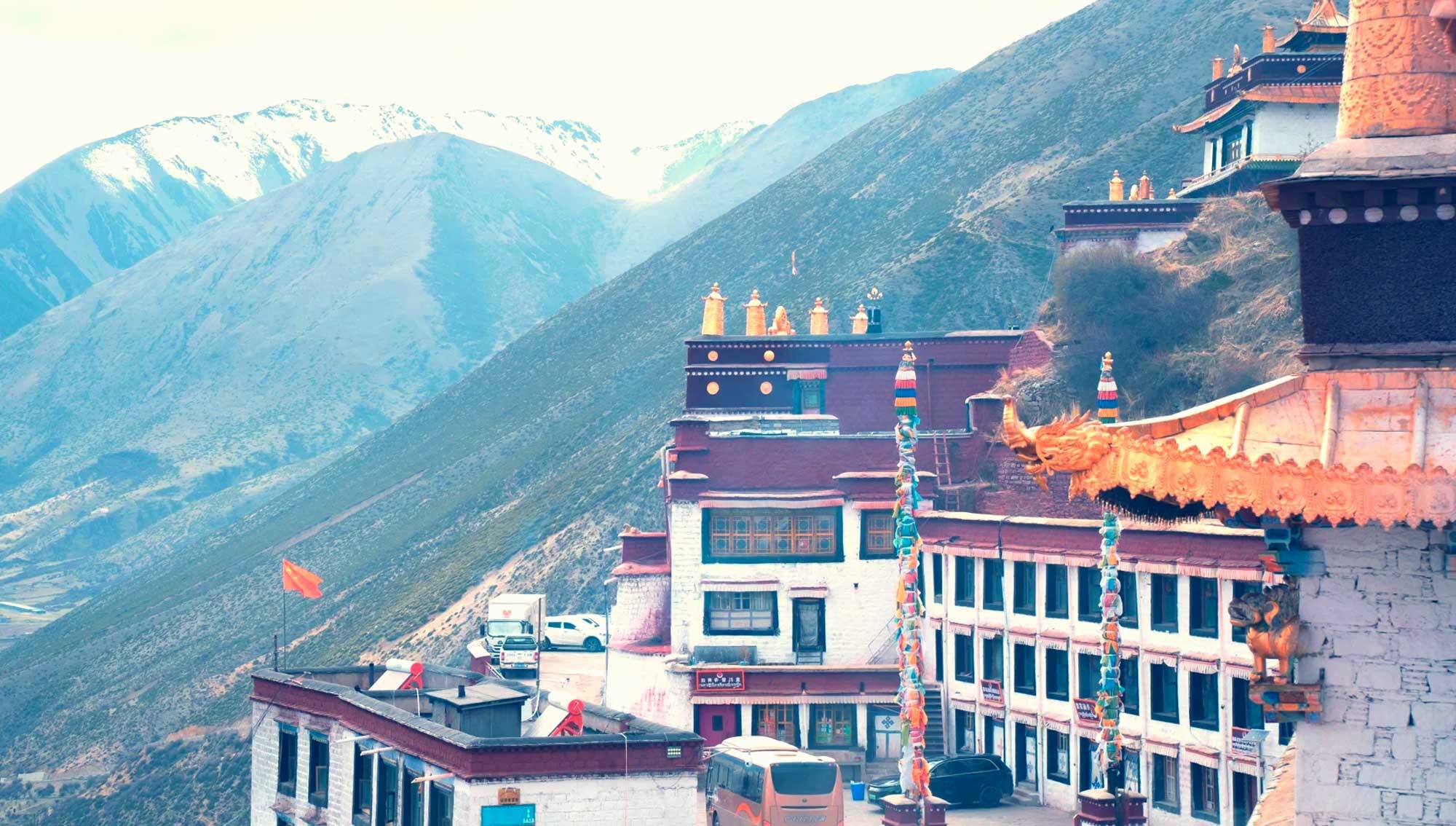
Drigung Til Monastery, renowned for its scenic beauty, offers profound spiritual significance and stunning Tibetan architecture…
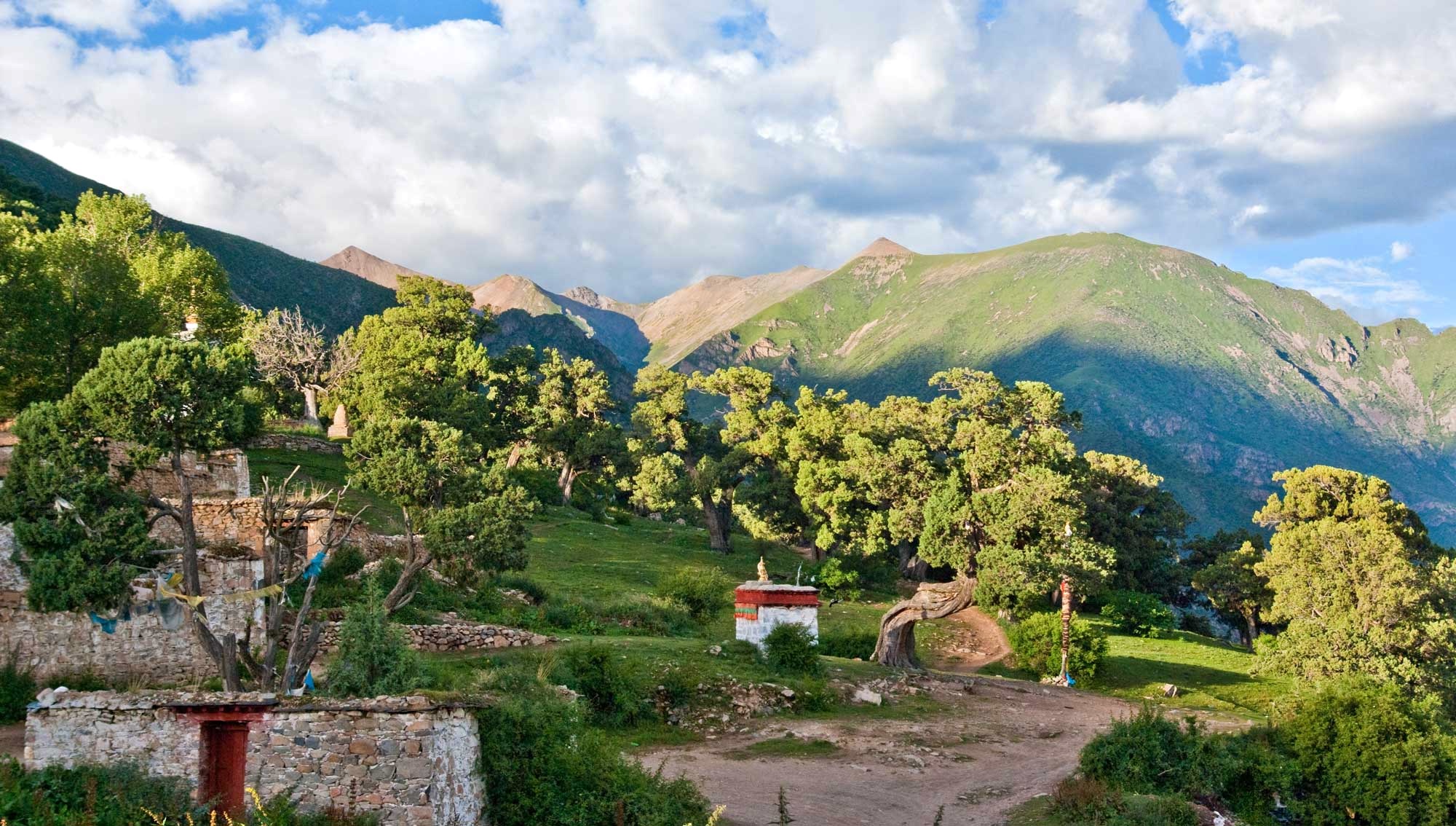
Reting Monastery, a historic Tibetan site, features rich religious heritage, peaceful surroundings, and stunning mountain views…
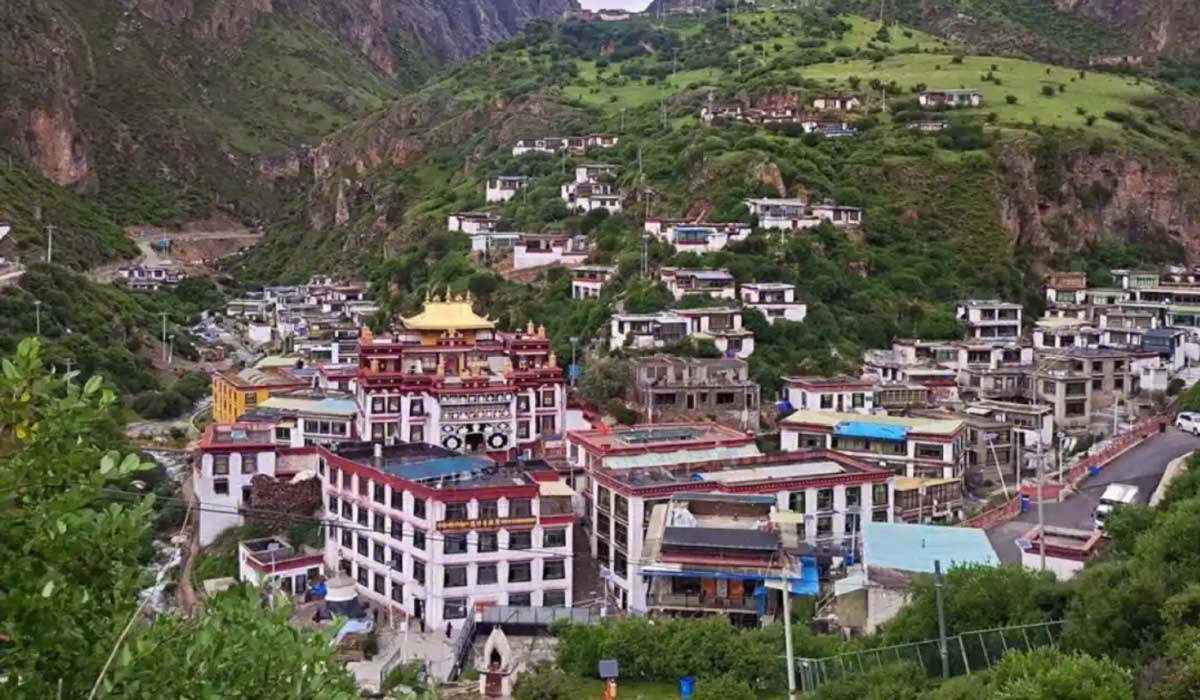
Tidrum Nunnery, a peaceful retreat, offers spiritual solitude, beautiful landscapes, and a deep connection to Tibetan Buddhism…
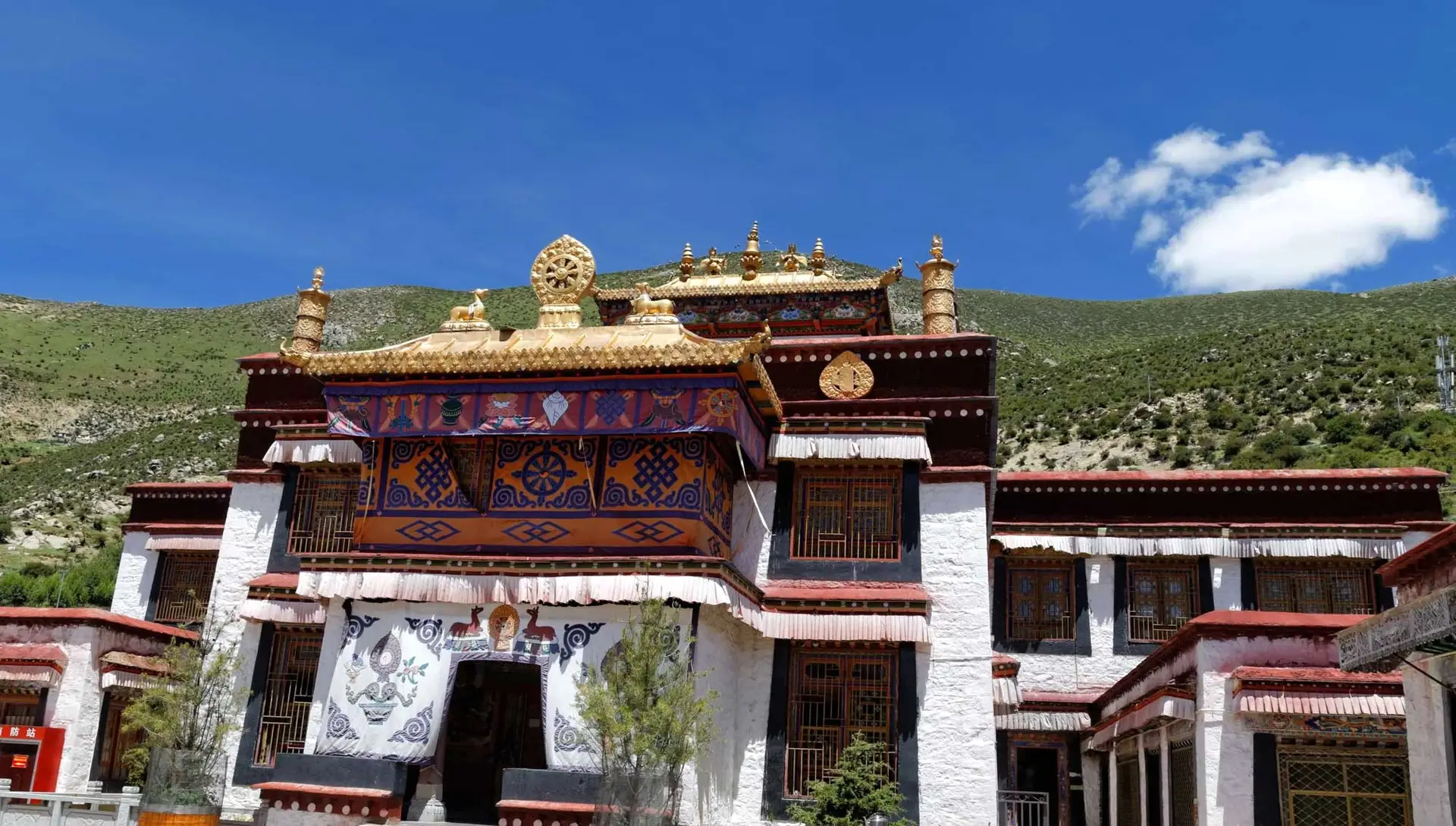
Shugsheb Nunnery, a serene Tibetan retreat, blends spiritual tranquility, stunning views, and deep Buddhist cultural heritage…
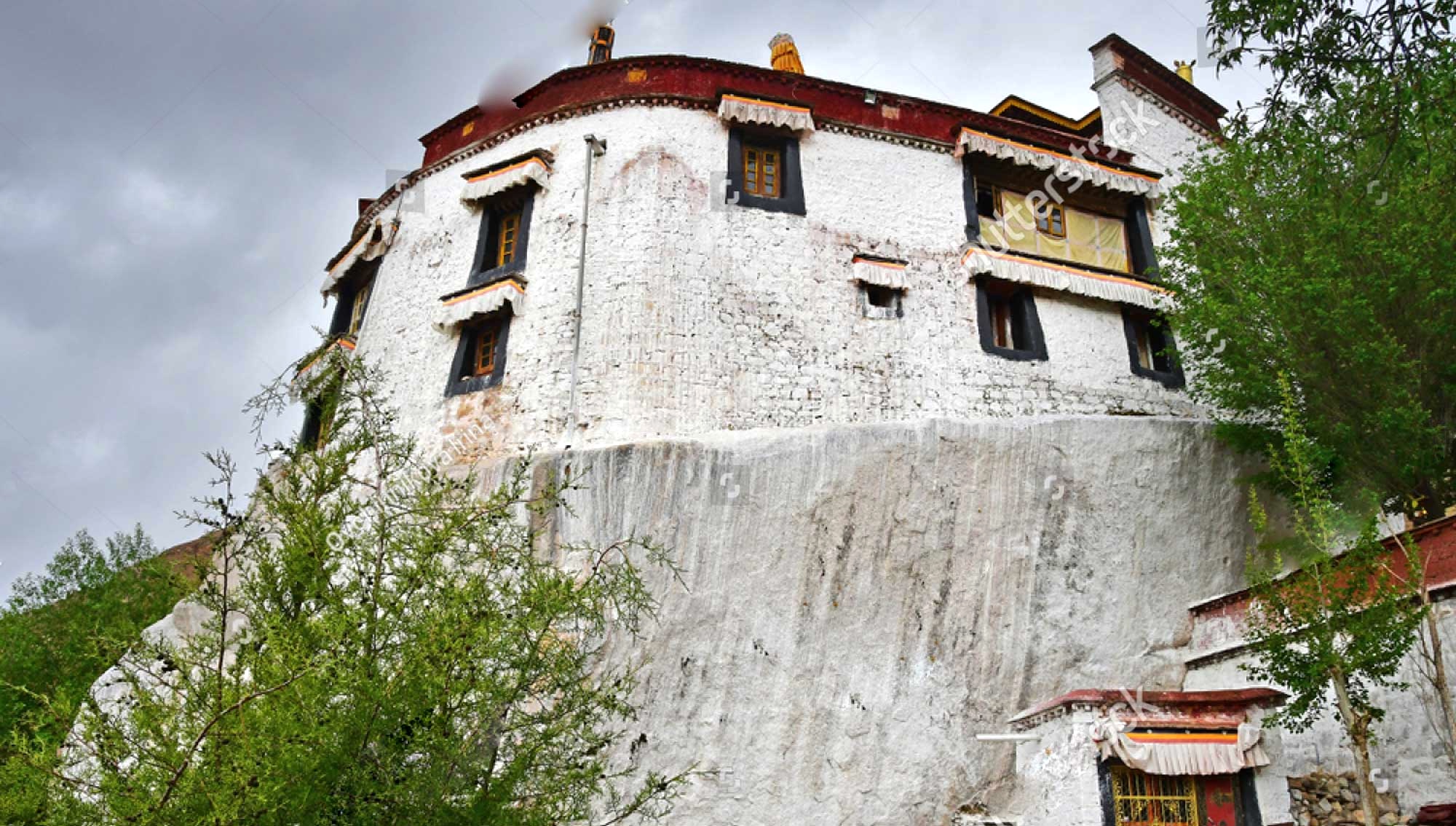
Pabonka Monastery, one of Tibet’s oldest, offers profound spiritual significance, stunning views, and rich historical heritage.
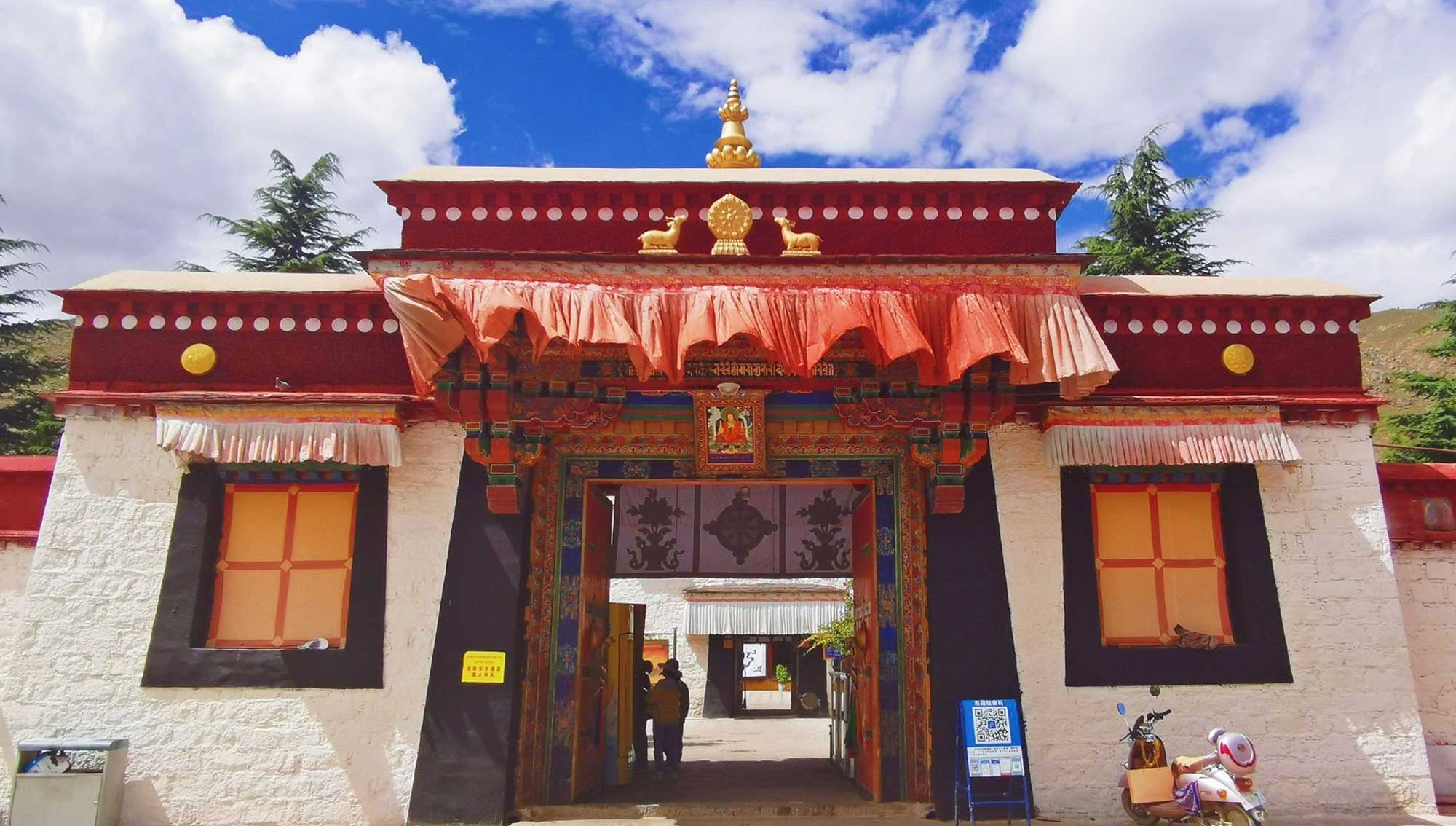
Nyethang Drolma Temple, a sacred Tibetan site, offers spiritual serenity, beautiful architecture, and deep Buddhist significance…
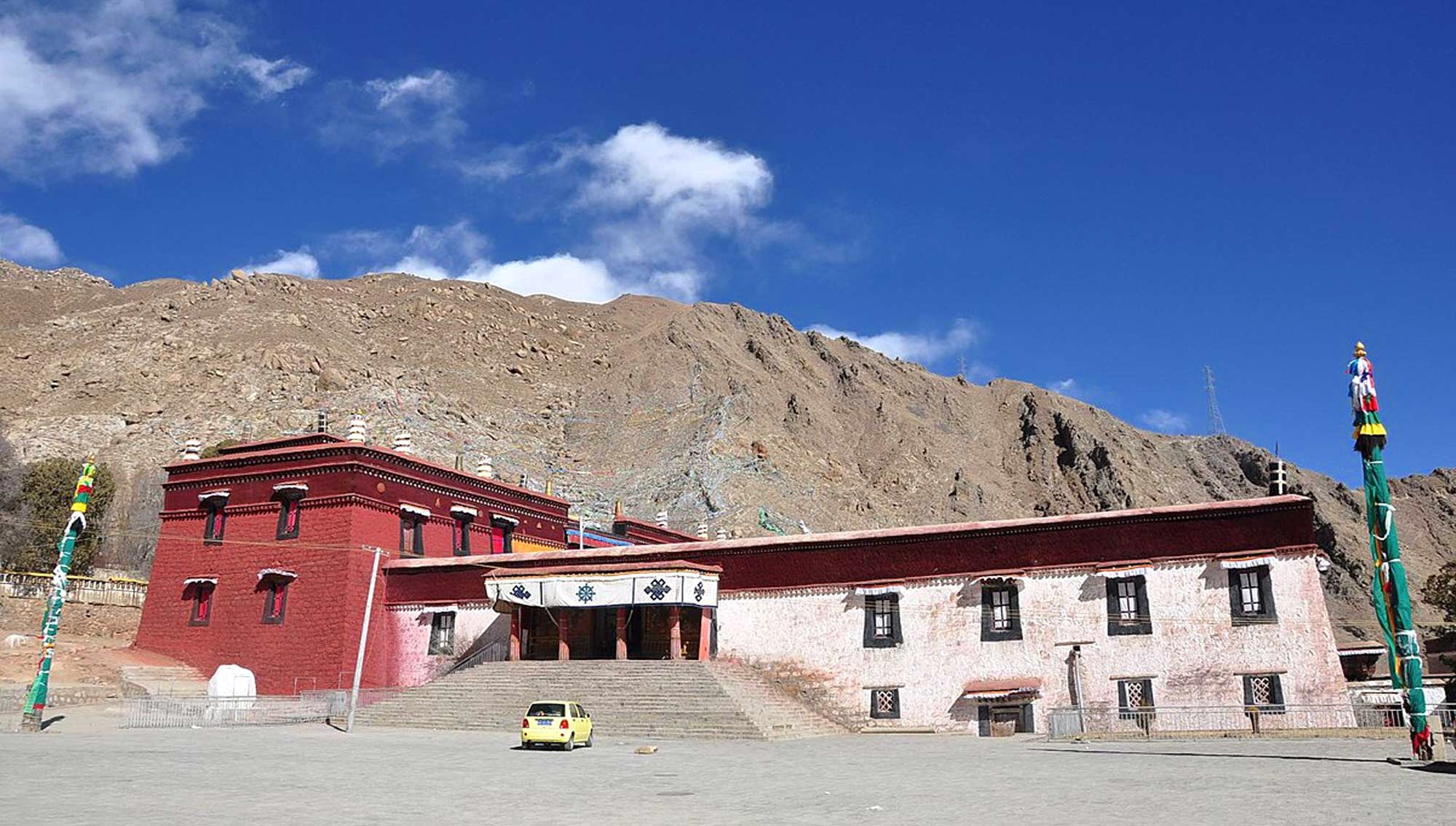
Nechung Monastery, a sacred Tibetan site, is known for its oracle traditions, stunning views, and spiritual significance…
Potala Palace, Lhasa’s iconic landmark, showcases stunning architecture, rich history, and profound spiritual significance…
Jokhang Temple, Lhasa’s spiritual heart, is a sacred pilgrimage site with rich Tibetan Buddhist heritage…

Sera Monastery, Lhasa’s renowned Buddhist center, offers captivating debates, ancient teachings, and stunning Tibetan architecture…
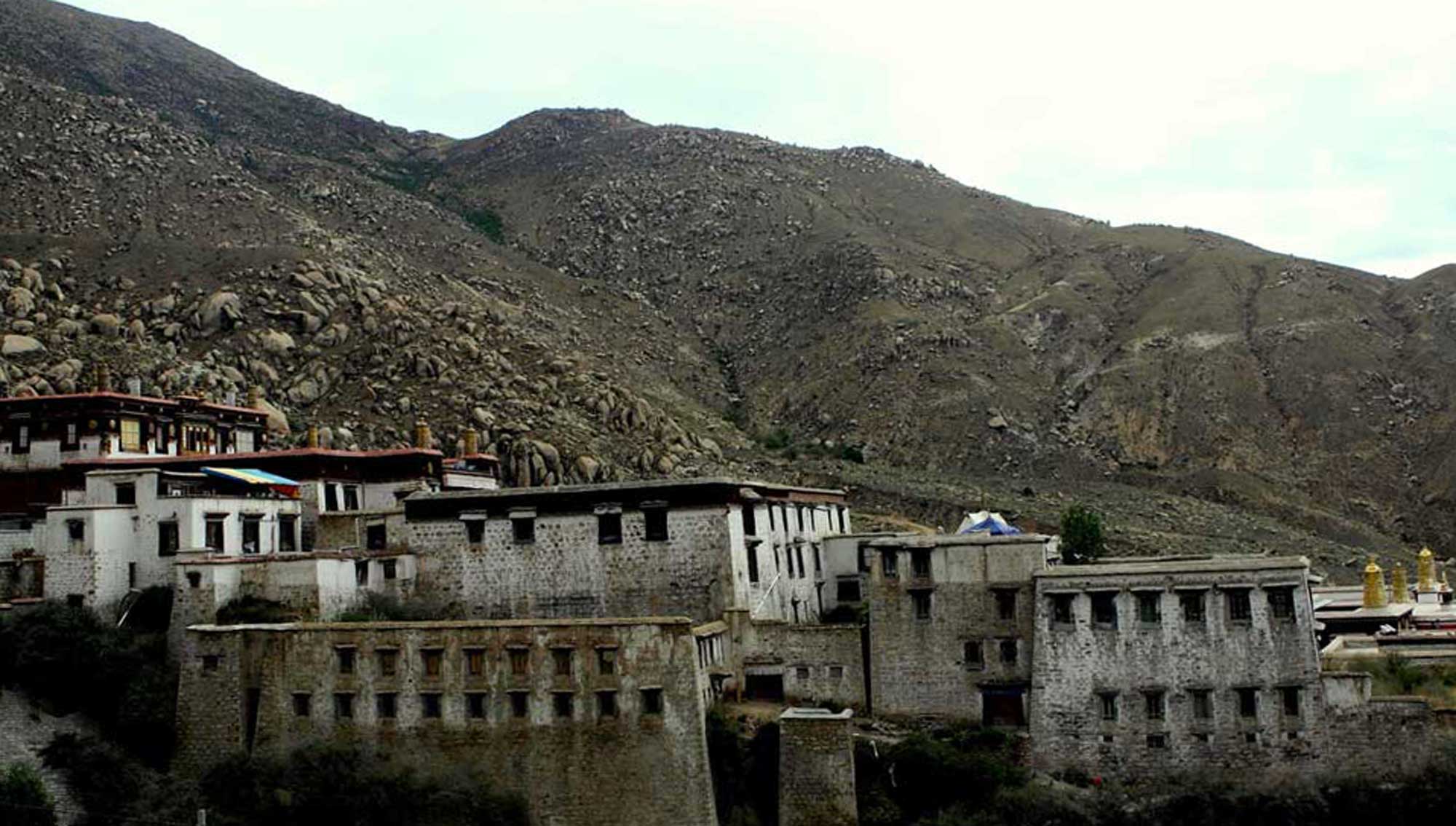
Drepung Monastery, one of Tibet’s largest, offers rich history, stunning architecture, and deep spiritual significance…
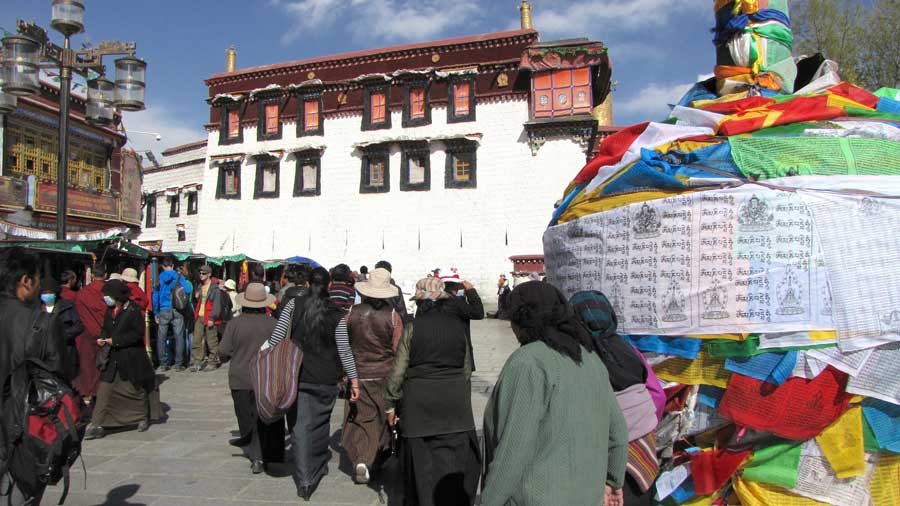
Stroll Barkhor Street, Lhasa’s vibrant hub of culture, spirituality, bustling markets, traditional crafts, and sacred ambiance.
(0 reviews)
From$0
(0 reviews)
From$0
(0 reviews)
From$0
(2 reviews)
From$0
(3 reviews)
From$0
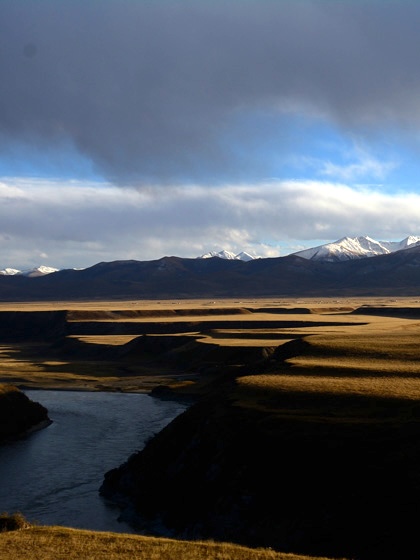
A Hidden Gem of Breathtaking Landscapes, Rich Culture, and Authentic Tibetan Traditions.
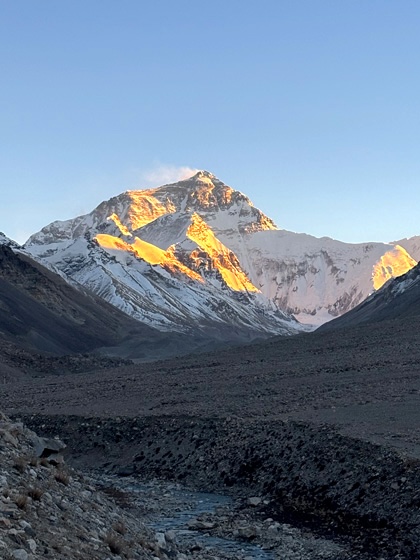
A Land of Ancient Wonders, Modern Marvels, and Diverse Landscapes Waiting to Be Explored.

Explore Rugged Beauty, Ancient Monasteries, and the Heart of Tibetan Culture.
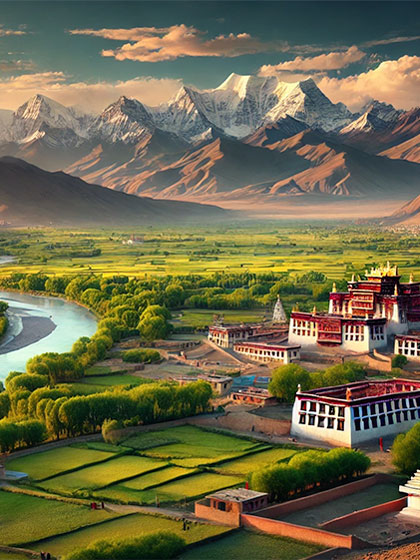
The Cradle of Tibetan Civilization, Where History, Spirituality, and Scenic Beauty Converge.
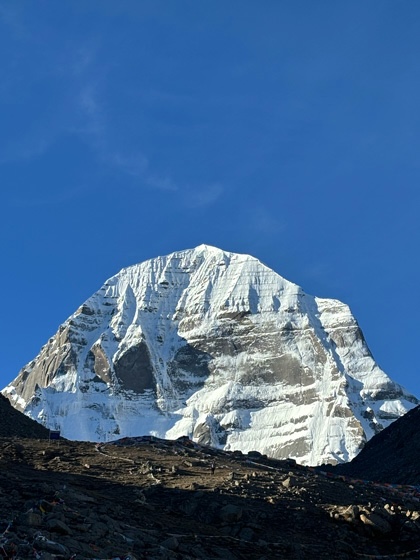
Where Sacred Mountains, Lakes and Ancient Mysteries Create the Ultimate Tibetan Adventure.

A Cultural and Spiritual Gateway to Tibet’s Rich History and Majestic Himalayan Landscapes.
Adventures In Tibet is a highly trusted and reliable travel agency, renowned for offering the best-organized tours across the Tibetan plateau. With expert planning, personalized services, and a commitment to exceptional experiences, we ensure every traveler enjoys a seamless and unforgettable journey to the Roof of the World.
Tour Types
Follow Us
Payment channels
